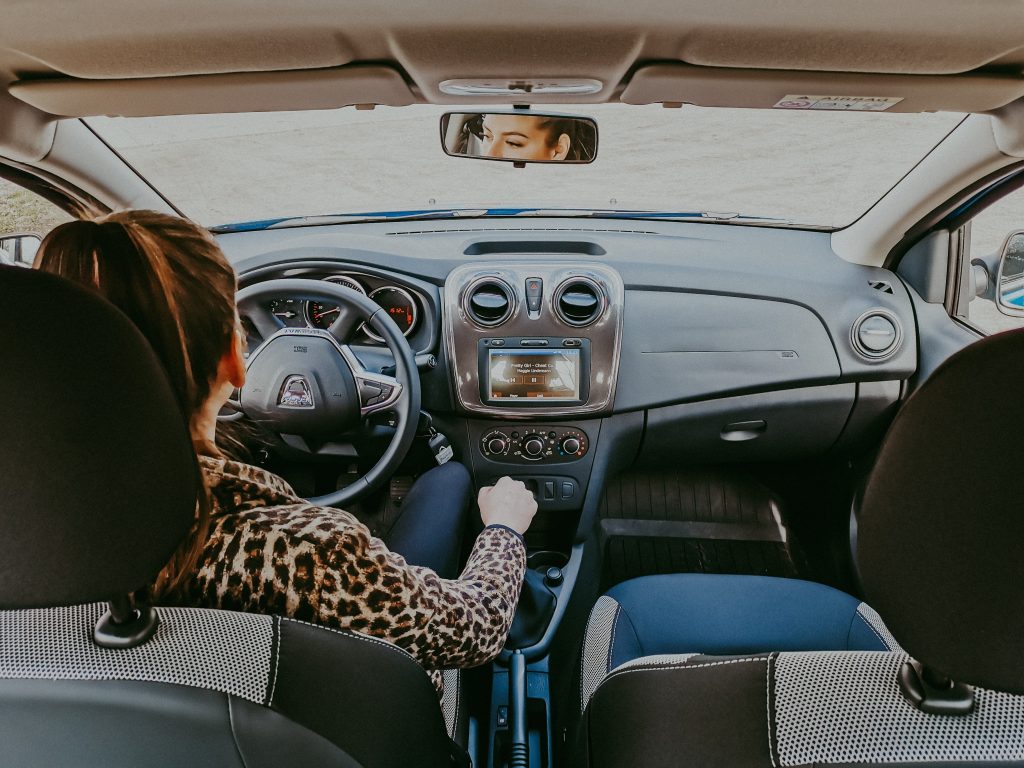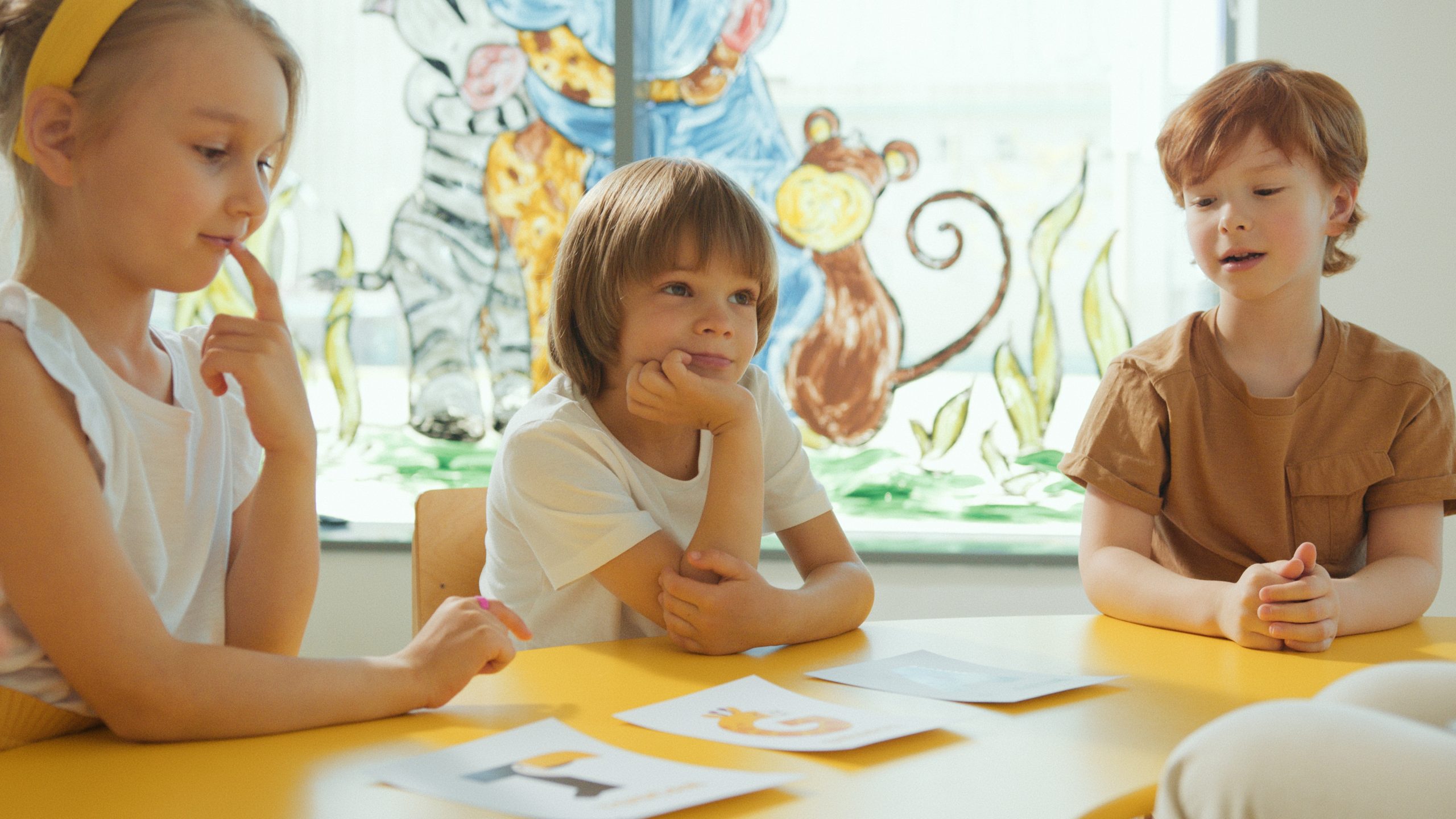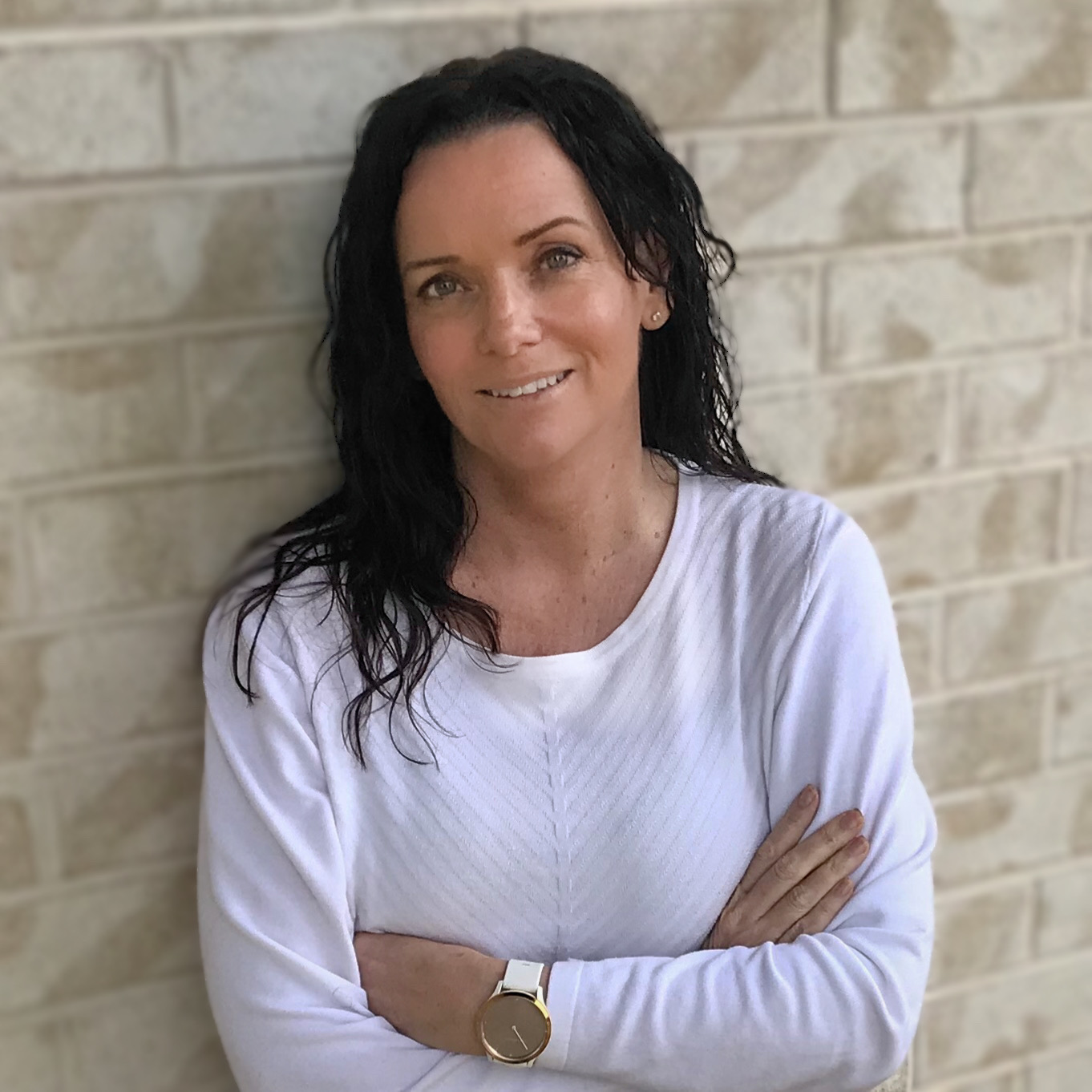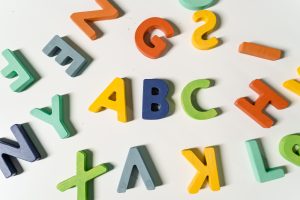Confusion over letters and sounds may well be discovered at this level. It’s a good starting point – if you find any gaps in your child’s alphabet knowledge, you can then work with them to fill in the gaps and build a stronger foundation for reading.
If they breeze through this exercise, you will be able to rule this out as a source of their difficulties and move on to the next checkpoint beyond alphabet knowledge.
The good news is that you don’t have to have a teaching degree to check your child’s alphabet knowledge, this is something you can easily do from home or wherever you happen to be at the time.
For me, a lot of these discovery conversations took place in the car when we were casually driving from A to B.
Given that your child has likely passed the point of learning the alphabet at school, how do go about bringing this topic up with your child?
This is how I approached it.

One day when I was driving in my car with my kids, we played a game of general knowledge. The mood was light, and the challenge was fun. It was their opportunity to show me how smart they were.
To me, the most important thing was to set my children up to have a few of those feel-good moments along the way. We celebrated the small wins along the way which put them in a more empowered frame of mind.
The challenge started with easier questions that I knew they knew the answer to and increased in difficulty along the way. And because there was an age gap of 18 months between the two, I tailored some of the questions specifically for each child.
As we drove toward our destination, the challenge was on. Each question answered built the momentum for the next question. In between we chatted, shared knowledge, and celebrated their wins. And with each passing question, they begged me for more.
The questions went a little something like this…
- Who can tell me how many hours are in a day?
- Who can tell me how many days are in the week? Can you name the days?
- How many months in a year? Can you name the months?
- How many letters in the Alphabet? Can you say the alphabet?
The aim of the exercise was to check their alphabet knowledge (very discretely). Along the way, a gauge of their general knowledge was taken, and a new car game was born!
By the time we reached the question about the alphabet knowledge, they were relaxed and in a positive frame of mind. Asking the question didn’t single them out or even seem out of place amongst the other questions asked. It was light and fun and part of the challenge without the pressure of an individual test.
Their response to the question “Can you say the alphabet” came in the form of the alphabet song. When you come to think of it, a lot of children would answer this way, even some adults! It didn’t really matter how they said it. What mattered most was what they said – it gave me a quick insight into their alphabet knowledge.
From my perspective, I didn’t need to correct them on the spot that wasn’t my intention.
Because from here, all I had to do was listen and observe. It was never a test. It was more of a challenge put forward.
This was purely a fact-finding mission, and it was my ‘foot in the door’ and the starting point for things to come.
And so, the alphabet song was sung that afternoon in the car in all its glory, by both of my children. Each having a turn at showing me their own fabulous rendition of the song.
To my surprise, letters were confused, repeated, mumbled as well as missing.
What I learnt from that simple exercise shocked me enough to revisit both of my children’s alphabet knowledge in more depth.
Were my children able to recognise ALL the letters in their written form? Could they make ALL the connections between the letters and their sounds? I had never thought to check.
It left me asking what else was missing? What else can I do? Have I done enough?
Let me tell you, when your child’s future depends on it, there is always more you can do. I was certain I could make a difference, all I had to do was try.
The Reading Switch is a Dual Code Reading Program for Children with Reading Difficulties.
For more information visit www.thereadingswitch.com





